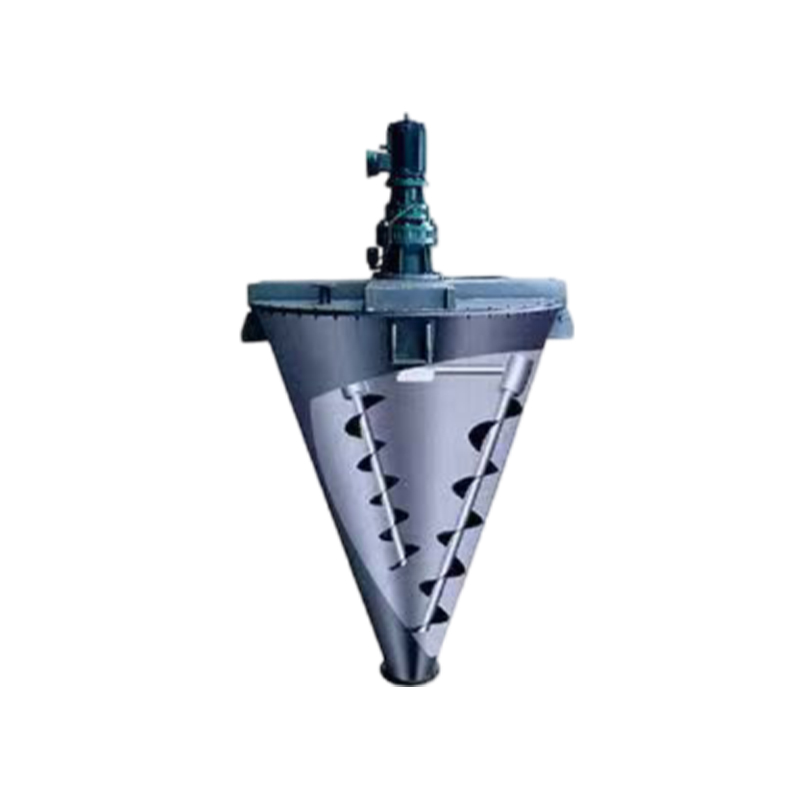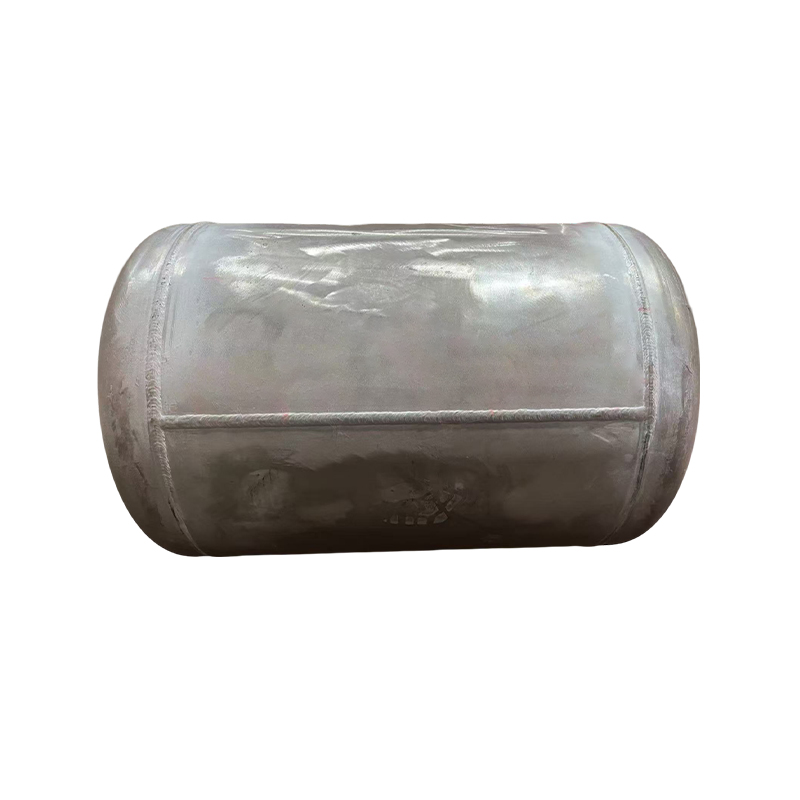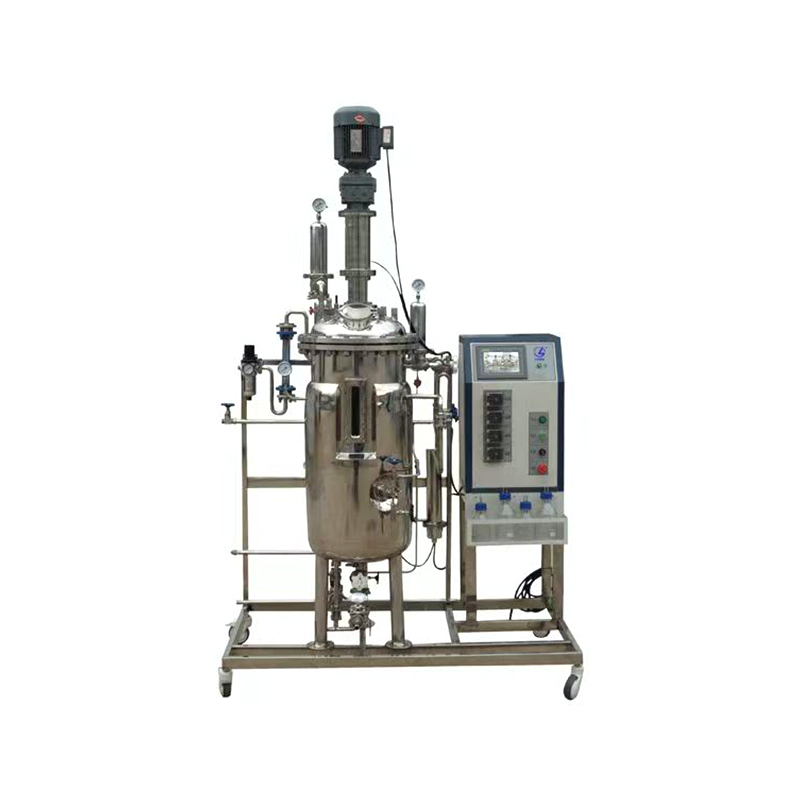How do food cans prevent metal from reacting with acidic foods using internal coating technology?
Release Time : 2025-11-04
In the food industry, metal cans are widely used for packaging acidic foods such as fruits, tomato sauce, citrus products, and pickled vegetables due to their high strength, good sealing properties, and excellent barrier properties. However, metal materials themselves are highly susceptible to chemical reactions when in contact with acidic substances, leading to can corrosion, discoloration of contents, off-odors, and even the leaching of heavy metals, seriously threatening food safety. To solve this problem, modern food cans generally adopt food-grade internal coating technology, creating a safe, stable, and inert protective barrier between the metal substrate and the food. This article will delve into how this key technology achieves "utilizing the strength of metal while avoiding its chemical hazards."
1. The Core Function of the Internal Coating: Isolation and Protection
The internal coating is essentially a thin film of polymer coated on the inner wall of the metal can, typically only 5–15 micrometers thick. Its primary function is physical isolation—completely separating acidic foods from the metal surface and preventing hydrogen ions from reacting with metal atoms in a redox reaction. For example, citric acid and malic acid in tomatoes, if in direct contact with tinplate, will quickly dissolve the tin layer and corrode the iron substrate, producing iron sulfide spots and a metallic odor. The presence of an inner coating prevents these acidic components from reaching the metal, fundamentally eliminating the initiation of the corrosion chain.
2. Coating Material Selection: Safety, Corrosion Resistance, and Adhesion Combined
Currently, mainstream food can inner coatings are based on epoxy phenolic resin, acrylic resin, or polyester systems. These materials possess three key characteristics: first, chemical inertness, not decomposing or migrating under acid, alkali, salt, and high-temperature sterilization conditions; second, excellent adhesion, firmly bonding to tinplate or aluminum surfaces, and not detaching even after sealing, sterilization, and transportation vibrations; and third, good flexibility, bending during the can forming process without developing micro-cracks. In recent years, in response to the "BPA-free" trend, the industry has widely adopted BPA-NI or plant-based epoxy alternatives to further improve health and safety.
3. Customized Coatings for Different Foods
Not all inner coatings are a one-size-fits-all approach. Food can manufacturers precisely match the coating to the characteristics of the contents. For example, when packaging high-acid, high-sulfur foods, a special sulfur- and acid-resistant coating is required to prevent sulfides from penetrating and causing blackening; when packaging foods containing alcohol or oils, a solvent-resistant coating is chosen to avoid the organic components swelling the coating structure. For aluminum cans, because aluminum is more reactive, an additional passivation layer or special primer is needed to enhance the adhesion between the coating and the aluminum base, preventing the risk of peeling.
4. Process Guarantee: Uniform Coating and High-Temperature Curing
The effectiveness of the inner coating depends not only on the material but also on a precise coating process. After cleaning and activation, the can is uniformly coated using electrostatic spraying or roller coating, and then cured at a high temperature above 200°C, causing the resin to cross-link into a dense network structure. The cured coating surface is smooth, free of pinholes, and possesses excellent impermeability. Each batch of products undergoes electrolysis testing, boiling tests, and migration experiments to ensure no metal leaching, no odor, and no coating peeling under simulated storage conditions.
The inner coating technology is the "invisible guardian" that allows metal food cans to safely hold acidic foods. With its micron-sized film, it bears a significant responsibility for food safety. From material development to process control, every step reflects the food packaging industry's ultimate pursuit of health, quality, and compliance. It is this invisible barrier that allows consumers to enjoy a can of sweet and sour tomatoes or a piece of fresh and juicy citrus fruit with peace of mind—behind the deliciousness lies a silent promise of technology and responsibility.
1. The Core Function of the Internal Coating: Isolation and Protection
The internal coating is essentially a thin film of polymer coated on the inner wall of the metal can, typically only 5–15 micrometers thick. Its primary function is physical isolation—completely separating acidic foods from the metal surface and preventing hydrogen ions from reacting with metal atoms in a redox reaction. For example, citric acid and malic acid in tomatoes, if in direct contact with tinplate, will quickly dissolve the tin layer and corrode the iron substrate, producing iron sulfide spots and a metallic odor. The presence of an inner coating prevents these acidic components from reaching the metal, fundamentally eliminating the initiation of the corrosion chain.
2. Coating Material Selection: Safety, Corrosion Resistance, and Adhesion Combined
Currently, mainstream food can inner coatings are based on epoxy phenolic resin, acrylic resin, or polyester systems. These materials possess three key characteristics: first, chemical inertness, not decomposing or migrating under acid, alkali, salt, and high-temperature sterilization conditions; second, excellent adhesion, firmly bonding to tinplate or aluminum surfaces, and not detaching even after sealing, sterilization, and transportation vibrations; and third, good flexibility, bending during the can forming process without developing micro-cracks. In recent years, in response to the "BPA-free" trend, the industry has widely adopted BPA-NI or plant-based epoxy alternatives to further improve health and safety.
3. Customized Coatings for Different Foods
Not all inner coatings are a one-size-fits-all approach. Food can manufacturers precisely match the coating to the characteristics of the contents. For example, when packaging high-acid, high-sulfur foods, a special sulfur- and acid-resistant coating is required to prevent sulfides from penetrating and causing blackening; when packaging foods containing alcohol or oils, a solvent-resistant coating is chosen to avoid the organic components swelling the coating structure. For aluminum cans, because aluminum is more reactive, an additional passivation layer or special primer is needed to enhance the adhesion between the coating and the aluminum base, preventing the risk of peeling.
4. Process Guarantee: Uniform Coating and High-Temperature Curing
The effectiveness of the inner coating depends not only on the material but also on a precise coating process. After cleaning and activation, the can is uniformly coated using electrostatic spraying or roller coating, and then cured at a high temperature above 200°C, causing the resin to cross-link into a dense network structure. The cured coating surface is smooth, free of pinholes, and possesses excellent impermeability. Each batch of products undergoes electrolysis testing, boiling tests, and migration experiments to ensure no metal leaching, no odor, and no coating peeling under simulated storage conditions.
The inner coating technology is the "invisible guardian" that allows metal food cans to safely hold acidic foods. With its micron-sized film, it bears a significant responsibility for food safety. From material development to process control, every step reflects the food packaging industry's ultimate pursuit of health, quality, and compliance. It is this invisible barrier that allows consumers to enjoy a can of sweet and sour tomatoes or a piece of fresh and juicy citrus fruit with peace of mind—behind the deliciousness lies a silent promise of technology and responsibility.







